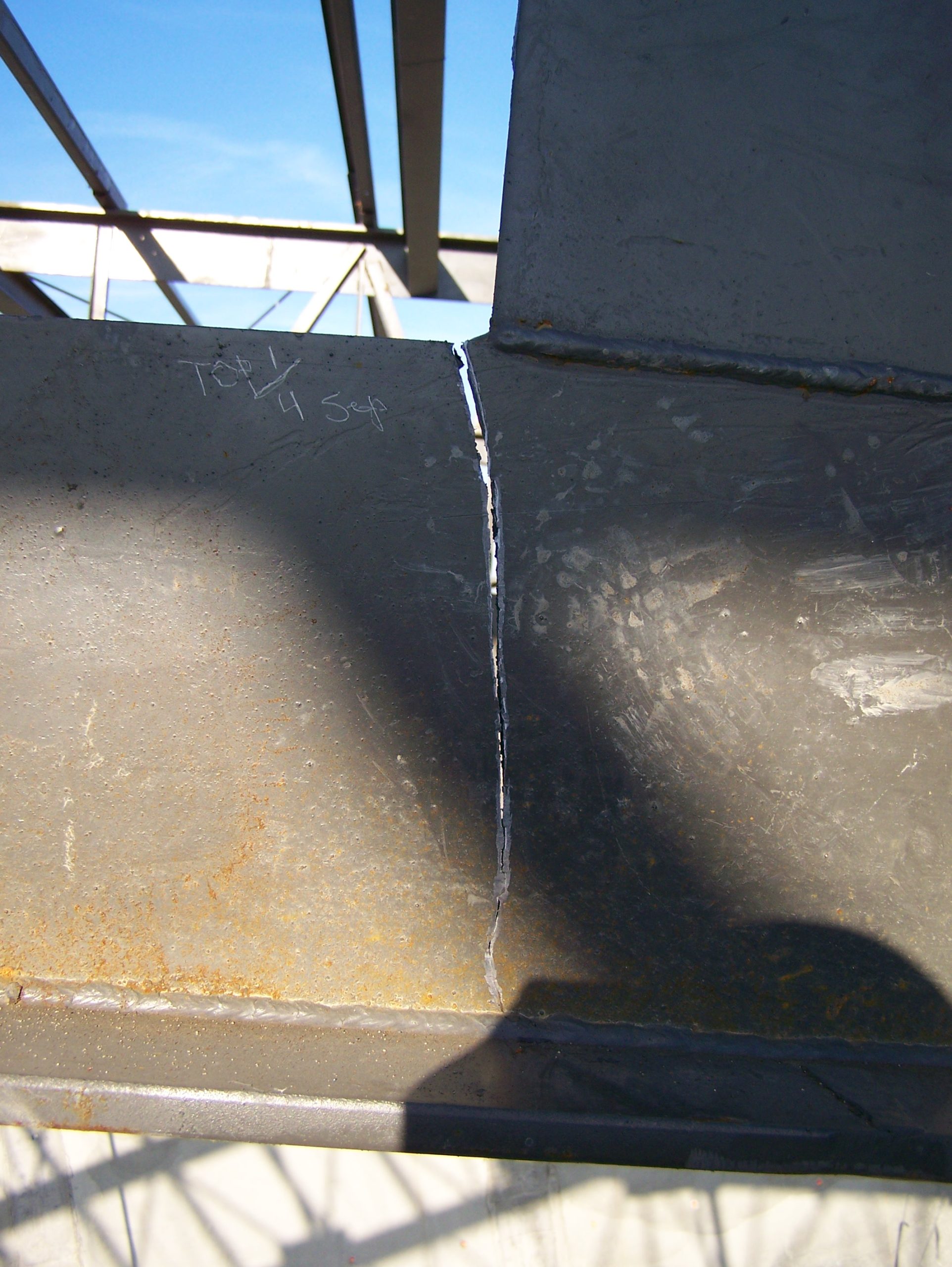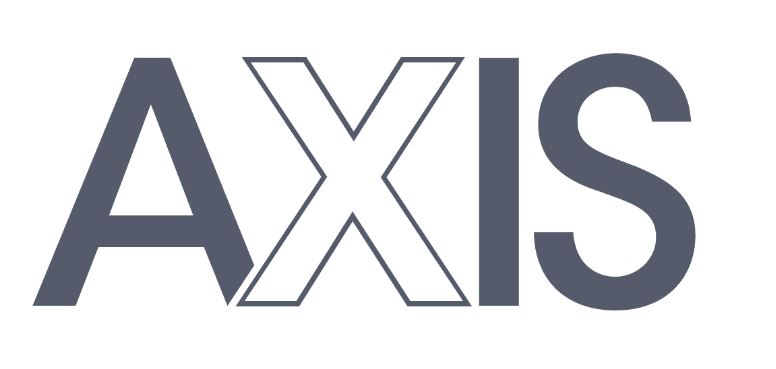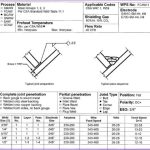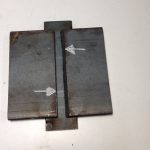
Importance of NDT in Safety and Efficiency
Revolutionize Safety and Efficiency with Non-Destructive Testing Techniques
In today’s fast-paced industrial landscape, ensuring safety and efficiency is the primary concern. That’s why non-destructive testing techniques are considered essential services. These innovative methods revolutionize identifying flaws and defects in structures without causing damage. From ultrasonic testing to visual examination, these cutting-edge techniques offer a comprehensive solution for inspecting various materials and components. By harnessing these technologies, businesses can minimize the risk of incidents, optimize maintenance processes, and extend the lifespan of critical assets. Whether it’s inspecting pipelines, aircraft components, or bridges, non-destructive testing provides accurate and reliable results, ensuring reliable operation and regulatory compliance. With advancements in technology and a growing demand for safety, these techniques are reshaping industries. Stay ahead of the curve by embracing non-destructive testing techniques and experience the benefits of enhanced safety and efficiency in your operations.
Importance of NDT in Safety and Efficiency
Non-destructive testing (NDT) plays a crucial role in the safety and efficiency of various industries. As businesses strive to improve operations and minimize risks, reliable and accurate testing methods are indispensable. Traditional testing methods often involve destructive techniques that can damage structures or components, leading to costly repairs and replacements and posing a significant safety risk to workers and the environment. On the other hand, NDT techniques provide a noninvasive way to detect defects and flaws, ensuring the structural integrity of critical assets without causing any harm.
One critical benefit of NDT is its ability to identify hidden defects that may not be visible to the naked eye. Using advanced technologies such as ultrasonic testing, eddy current testing, and radiography, NDT professionals can detect internal flaws, cracks, corrosion, and other defects that can compromise the safety and efficiency of structures and components. This proactive approach enables businesses to address potential issues before they escalate into costly failures or accidents, significantly reducing downtime and maintenance costs.
Moreover, NDT techniques offer a comprehensive solution for inspecting various materials and components. Whether it’s pipelines, pressure vessels, aircraft components, or bridges, NDT provides accurate and reliable results, ensuring regulatory compliance and reliable operation. The ability to assess the condition of critical assets without causing damage saves time and money and enhances operations’ overall safety and efficiency.
In summary, the importance of NDT in safety and efficiency cannot be overstated. By embracing these non-destructive testing techniques, businesses can proactively identify and address defects, minimize the risk of accidents, optimize maintenance processes, and extend the lifespan of critical assets.
Advantages of NDT in preventative maintenance and asset life span planning.
Non-destructive testing (NDT) techniques benefit business planning for industrial and manufacturing industries.
1. Cost-Effective: NDT techniques provide a noninvasive way to detect defects and flaws during scheduled downtime and preventative maintenance. By minimizing the need for repair or replacement, NDT helps businesses save costs in the long run.
2. Safety: One of the primary advantages of NDT is its ability to ensure safety. Traditional testing methods may involve physical stress or damage to the structure or component being tested. This can pose a significant safety risk to workers and the environment. NDT techniques, however, provide a noninvasive approach to inspecting critical assets, eliminating the risk of accidents or injuries.
3. Efficiency: NDT techniques offer efficient and accurate results, enabling businesses to assess the condition of structures and components quickly. Unlike traditional methods that may require dismantling or disassembling, NDT allows for inspections to be carried out without causing any disruption to operations. This saves time and minimizes downtime, ensuring uninterrupted productivity.
4. Versatility: NDT techniques are versatile and can be applied to various materials and components. NDT can provide accurate and reliable results for metals, composites, ceramics, or plastics. This flexibility makes NDT suitable for various industries, including aerospace, manufacturing, oil and gas, construction, and more.
In conclusion, the advantages of NDT over traditional testing methods are straightforward. With its cost-effectiveness, safety, efficiency, and versatility, NDT techniques offer a superior solution for inspecting and ensuring the integrity of critical assets.
Factors to consider when choosing NDT techniques
Several factors must be considered when selecting the appropriate non-destructive testing (NDT) techniques for your specific needs. Each NDT method has its strengths and limitations, and understanding these factors is crucial to ensure accurate and reliable results. Here are some key considerations when choosing NDT techniques:
1. Material Properties: Different NDT techniques are suitable for different materials. For example, ultrasonic testing is commonly used for metals, while radiographic examination is more effective for inspecting welds and composites. Consider the materials used in your structures or components and choose the NDT techniques best suited to detect defects in those materials.
2. Defect Type and Size: The type and size of defects you must detect will also influence your choice of NDT techniques. Some methods, such as liquid penetrant or magnetic particle testing, are more effective for surface defects. In contrast, others, like ultrasonic or eddy current testing, are better suited for internal defects. Assess the specific defects you need to detect and choose the NDT techniques that can accurately identify them.
3. Accessibility: Consider the accessibility of the areas or components you need to inspect. Some NDT techniques require direct contact with the surface, while others can be performed remotely. If the areas are difficult to access, remote techniques like radiographic examination or remote visual inspection may be more suitable.
4. Equipment and Training: NDT techniques require specialized equipment and trained professionals to conduct inspections accurately. Consider the availability of equipment and the expertise of your personnel. Outsourcing the inspections to certified NDT service providers may be a viable option if you need the necessary equipment or trained professionals in-house.
5. Regulatory Compliance: Depending on the industry and application, specific NDT techniques may be required to meet regulatory standards. Ensure that the chosen techniques comply with the relevant regulations and standards.
By carefully considering these factors, you can select the most appropriate NDT techniques that align with your specific requirements and ensure reliable and accurate inspection results.
Training and certification for NDT professionals
Non-destructive testing (NDT) techniques require trained professionals to operate the specialized equipment and accurately interpret the inspection results. Training and certification play a crucial role in ensuring the competency and reliability of NDT professionals. Here’s an overview of the training and certification process for NDT professionals:
1. Training Programs: NDT training programs are designed to provide individuals with the knowledge and skills required to perform NDT inspections effectively. These programs cover various NDT techniques, equipment operation, inspection procedures, interpretation of results, and relevant industry standards. NDT equipment manufacturers, NDT training institutes, or industry associations can offer training programs.
2. Certification: Certification formally recognizes an individual’s competence in specific NDT methods. Certification programs are typically administered by recognized certifying bodies or organizations, such as the American Society for Non-destructive Testing (ASNT) or the International Organization for Standardization (ISO). To obtain certification, NDT professionals must demonstrate their knowledge and practical skills through written examinations and practical assessments.
3. Continuing Education: NDT professionals are encouraged to engage in continuous learning and professional development to stay updated with the latest advancements in NDT techniques and industry standards. Continuing education programs, workshops, conferences, and seminars provide opportunities for NDT professionals to enhance their knowledge and skills.
4. Recertification: NDT certifications are typically valid for a specific period, after which recertification is required. Recertification ensures that NDT professionals maintain competency and stay current with changing industry requirements. Recertification can be achieved by fulfilling specific continuing education requirements or completing a recertification examination.
By investing in the training and certification of NDT professionals, businesses can ensure the reliability and accuracy of inspections, ultimately enhancing safety and efficiency in their operations.
The future of NDT and its impact on safety and efficiency
As industries prioritize safety and efficiency, non-destructive testing (NDT) techniques are set to play an increasingly critical role. With technological advancements, NDT methods are becoming more sophisticated, accurate, and versatile, enabling businesses to detect defects and flaws with greater precision and efficiency.
The future of NDT holds exciting possibilities. Emerging technologies, such as phased array ultrasonic testing and computed tomography, are revolutionizing how we inspect and evaluate structures and components. These advancements offer improved detection capabilities, faster inspection times, and enhanced data analysis, further optimizing safety and efficiency.
Moreover, the growing demand for sustainability and regulatory compliance drives the adoption of NDT techniques across various industries. By proactively identifying and addressing defects, businesses can minimize the risk of accidents, reduce downtime, and extend the lifespan of critical assets. This ensures regulatory compliance, a safer working environment, and increased operational efficiency.
To stay ahead of the curve, businesses need to embrace non-destructive testing techniques and invest in the training and certification of NDT professionals. By doing so, they can harness the benefits of enhanced safety, cost-effectiveness, and optimized maintenance processes.
AXIS Inspection has the experience and qualifications to ensure that your inspections in Mining Equipment, Pipeline, Mobile Equipment, and other equipment are done to ensure your team’s safety and improve the equipment’s longevity.







